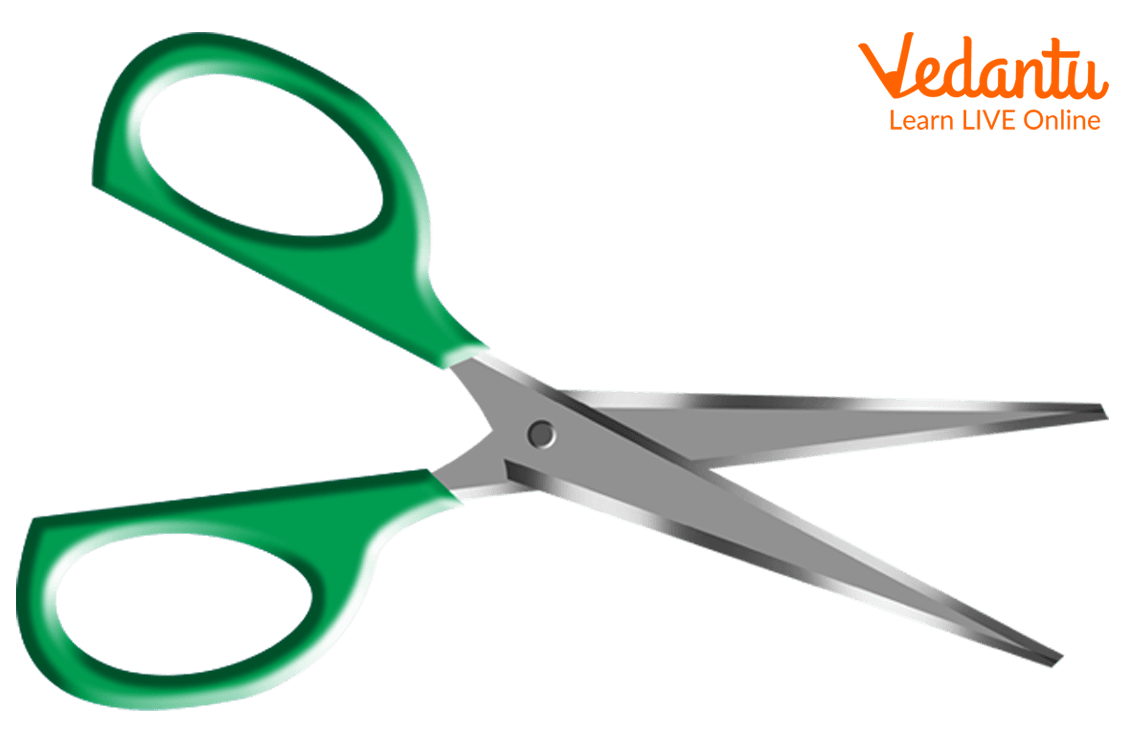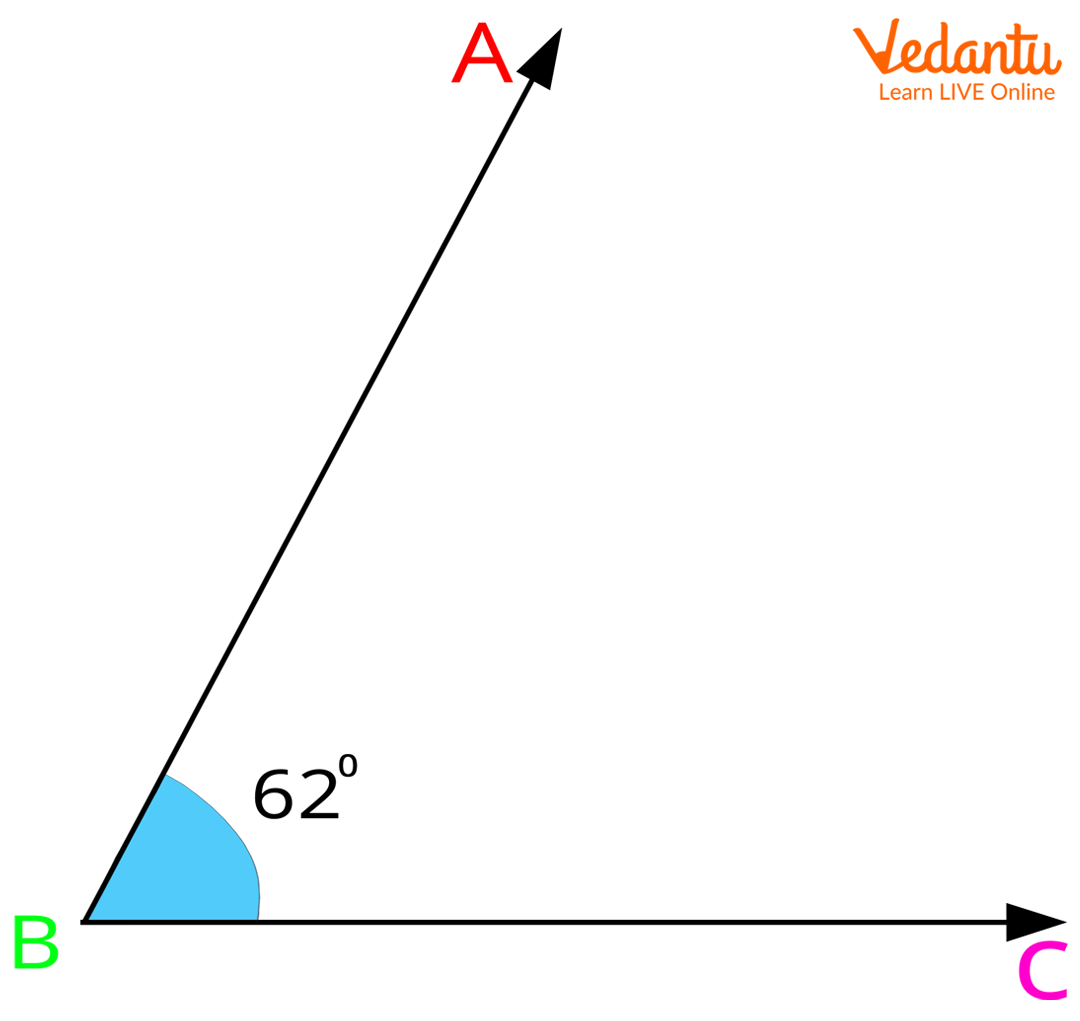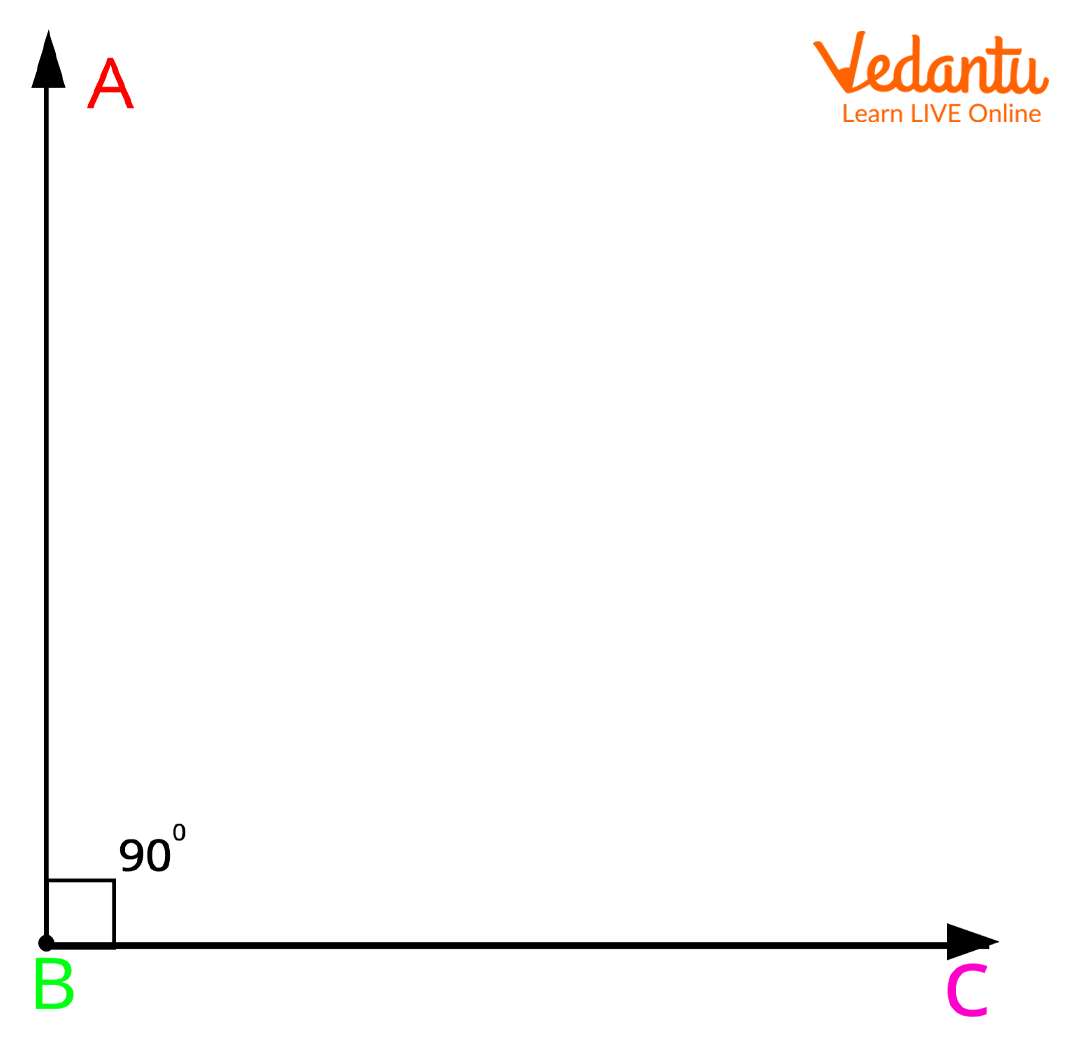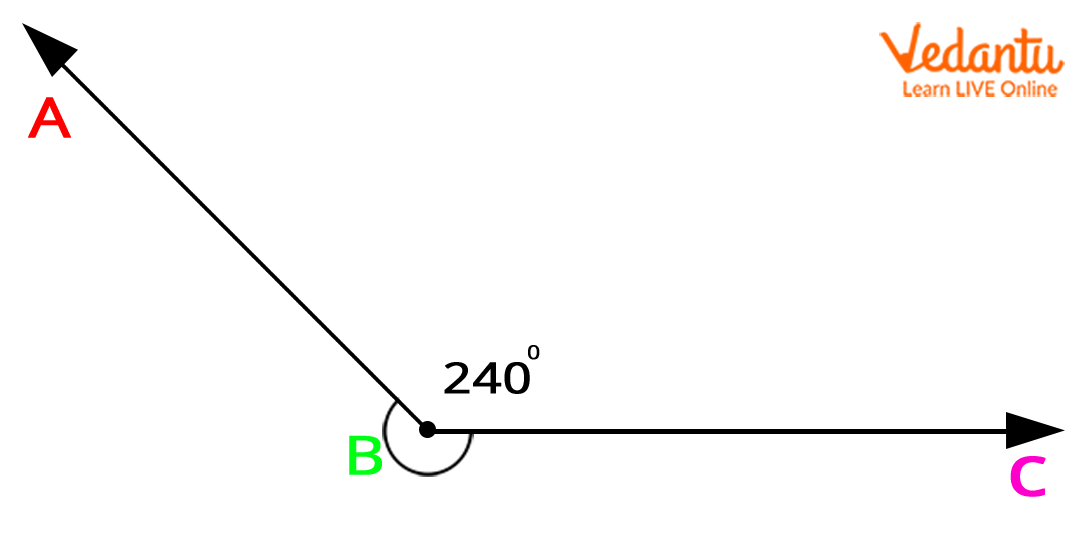




How to Read and Draw Angle Symbols in Maths
You must have heard your elders say, “90 degrees angle” or “45 degrees angle” and every time you asked them what is the meaning of it, they must have told you, “You won’t understand. You are a kid”. Don’t worry! We are here to help you to be a smart kid. Let’s learn about angles and the angle symbol. Also, we have a fun activity and a quiz for you to make sure that next time an elder talks about angles, you know it already.
Let’s Define an Angle
When two straight lines or rays meet at a common end-point, the shape formed is called an angle in geometry. The symbol ∠ shows what an angle looks like. Usually, angles are also represented by alphabets, such as ∠AOB or ∠ABC. Note that the middle alphabet, i.e., O in ∠AOB and B in ∠ABC are the common end points where the two lines meet to form the angle symbol.

Image: Angle AOB
Parts of an Angle
Now that you know what an angle is. Let’s learn about the parts of an angle.
Arms: The arms of an angle are also known as its sides. The two lines or rays that come together to form an angle are the arms or sides of an angle. For instance, in the image given below, side AB and side BC are the arms of ∠ABC.

Vertex: In ∠ABC given above, side AB and BC have a common end point, which is point B. It is the point where the two arms of angle ABC meet. This point is called the vertex (plural: vertices) of an angle. Here, point B is the vertex of angle ABC.
How to Measure an Angle?
Ask your brother or sister to show you a protractor from their geometry box. A protractor is an instrument used to measure an angle. Like all other objects angles too have units of measure. We are going to discuss the two main units that are used to measure the size of an angle, i.e., degree and radian.
Degree: It is the most standard unit to measure an angle. The degree symbol is represented by °. So, an angle of 60 degrees would be written as 60°. Furthermore, a degree can also be divided into minutes and seconds. One degree is equal to 60 minutes (1° = 60') and one minute is equal to 60 seconds (1' = 60").
Radian: This is another important unit of measure. Angles can also be measured and represented in radians that is by using pi (π). Hence, an angle measuring 180 degrees is equal to π in radians. So, 360 degrees would be the same as 2π in radians.
Fun Activity!
As promised, we have a little fun activity for you since you are a few more steps away from being a pro in angles. There are four objects in the table below. Choose the one/s that have an angle/angles.
Look around your house. Can you find more such objects that have angles? Draw them in your notebook.
Types of Angles
Now that we have learnt about the definition and parts of an angle and know how to measure it, let’s take a look at some of the types of angles. When classifying angles, their measurement is the deciding factor. It determines the type of angle. Let us discuss the six major types of angles in Geometry.
Acute angle: An acute angle is greater than 0° but less than 90°.
Obtuse angle: Any angle that is greater than 90° but less than 180° is considered an obtuse angle.
Right angle: The right angle is the angle that measures 90 degrees.
Straight angle: The angle measuring 180 degrees is known as the straight angle.
Reflex angle: A reflex angle should be greater than 180° but less than 360°.
Complete angle: An angle that forms a full circle and measures 360° is known as a complete angle.
2 Bonus Angles!
Here are two more types of angles for you. These include the positive angle and the negative angle.
A positive angle is an angle measured in the anti-clockwise or counterclockwise direction.
A negative angle, on the other hand, is the one that is measured in the clockwise direction.

Image: Positive angle and negative angle
Quiz Hour
Learning in itself is incomplete unless we absorb and retain the information we have gathered. Now that we are almost towards the end of the topic, let us revise all that we have learnt about angles through this short and easy quiz. Given below are five questions and three options for each question. Choose the correct answer from what you can recall.
Q1. Which of the following is the angle symbol?
∠ (b) ° (c) π
Q2. The common end point where the arms of an angle meet is the______.
radian (b) vertex (c) protractor
Q3. If you have to measure the size of an angle, which of the following units would you use?
kilograms (b) seconds (c) degrees
Q4. A straight angle measures 180° and a complete angle measures 360°. Is the statement true?
true (b) false (c) partly true
Q5. A positive angle is measured in _____ direction and a negative angle in ____ direction.
clockwise, anti-clockwise (b) anti-clockwise, clockwise (c) clockwise, clockwise
In case you couldn’t remember a few answers, here are all the correct options. Check how many you got correct.
Q1. (a) ∠
Q2. (b) vertex
Q3. (c) degrees
Q4. (a) true
Q5. (b) anti-clockwise, clockwise
Conclusion
So we hope you have gathered a clear picture of what an angle is, the angle symbol, the various parts of an angle, the measurement of angles and the different types of angles. And we hope you had fun too! To learn more about such interesting concepts, head to our website and explore the different articles and worksheets we have prepared for you.
FAQs on Angle Symbol: Meaning, Parts & Uses
1. What is the symbol for an angle in geometry?
The standard symbol used to represent an angle in geometry is ∠. When you see this symbol, it indicates that a geometric angle is being discussed. For example, to refer to an angle named ABC, you would write it as ∠ABC.
2. How are angles named using letters?
Angles are typically named using three letters. The middle letter always represents the vertex, which is the common point where the two lines or rays meet. The other two letters represent one point on each of the two arms (or sides). For instance, in an angle written as ∠AOB, the letter 'O' is the vertex, while OA and OB are the arms of the angle.
3. What are the main parts that make up an angle?
Every angle is composed of two fundamental parts:
- Arms (or Sides): These are the two rays or line segments that join together to form the angle.
- Vertex: This is the common endpoint or corner where the two arms meet.
4. What are the different types of angles based on their measurement?
Based on their size in degrees (°), angles are classified into several important types:
- Acute Angle: An angle that measures more than 0° but less than 90°.
- Right Angle: An angle that measures exactly 90°.
- Obtuse Angle: An angle that measures more than 90° but less than 180°.
- Straight Angle: An angle that measures exactly 180°, forming a straight line.
- Reflex Angle: An angle that measures more than 180° but less than 360°.
- Complete Angle: An angle that measures exactly 360°, forming a full circle.
5. Why are angles important in real life? Give some examples.
Angles are a crucial concept in geometry with many real-world applications. For example:
- Construction: Architects and engineers rely on angles to design stable and safe buildings, bridges, and roads.
- Navigation: Pilots and ship captains use angles to plot courses and determine their position.
- Art and Design: Artists use angles to create perspective, making drawings and paintings look three-dimensional.
- Sports: Athletes use angles to enhance performance, such as calculating the optimal angle to throw a javelin or kick a football for maximum distance.
6. What is the difference between an angle and the symbol θ (theta)?
An 'angle' is the actual geometric shape formed by two rays meeting at a vertex. The symbol θ (theta), like other Greek letters α (alpha) or β (beta), is not the angle itself. Instead, θ is a variable commonly used in mathematics to represent the unknown measure or value of an angle. So, while ∠PQR refers to the angle, you might write 'the measure of ∠PQR = θ' to assign its value to the variable theta.
7. Why is a right angle sometimes shown with a square symbol instead of an arc?
A right angle is often marked with a small square symbol (└) instead of a curved arc to provide a clear and immediate visual signal. This special notation instantly confirms that the angle measures precisely 90 degrees. Since 90° angles are fundamental in geometry (e.g., in squares, rectangles, and right-angled triangles), the square symbol eliminates any guesswork, whereas a curved arc could represent an angle of any measure.
8. How can an angle be negative, and what does that represent?
The sign of an angle indicates its direction of rotation from an initial side to a terminal side. By convention:
- A positive angle is measured by rotating in the counter-clockwise direction.
- A negative angle is measured by rotating in the clockwise direction.
9. What are the standard units used to measure an angle?
The two primary units for measuring angles are:
- Degrees (°): This is the most common unit in introductory geometry, where a full circle is divided into 360 degrees.
- Radians (rad): This unit is based on the radius of a circle and is standard in higher-level mathematics, such as trigonometry and calculus. A full circle measures 2π radians, which is equivalent to 360°.

































